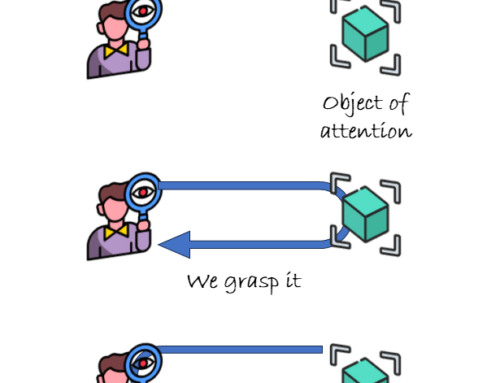Our media continuously offers us high-octane sensory stimulation, especially for our eyes. As compared to the rapidly changing and colorfully overdressed images that are dished out to us on TV serials, movies and commercials, the sensory fare provided by daily real life appears poverty-stricken. Consequently, our mind plays truant from real life at every possible opportunity, preferring to dwell on the titillating images on display in our mental gallery.
This mental truancy may initially seem to be just a pleasant and harmless distraction. But Gita wisdom alerts us about the dangerous consequences of such distractions. The Bhagavad-gita (2.62)(02.63) outlines step-by-step the process by which our thoughts gain an unstoppable momentum that steamrolls our moral and intellectual safeguards, and propels us to self-destruction. When we hold on to an image mentally, we give it a foothold in our mind. And before we realize it, the foothold becomes a full-hold. The dream of enjoyment conjured by the image makes us oblivious to all other considerations and propels us toward its fulfillment, be it moral or immoral, prudent or imprudent. Often, this short-sightedness ends in tragic self-destruction.
To protect us from such a fate, Gita wisdom offers an alternative trajectory for our mind: the process of bhakti-yoga. The yoga of devotion offers our senses rich devotional stimulants like enlivening holy names, enchanting Deities, enlightening scriptural verses and energizing sacred songs. By practice we can learn to hold these devotional stimulants mentally. When we hold Krishna-thoughts mentally, the same psychological process that had dragged us down materially raises us up spiritually. Those divine thoughts hold us mentally, and we gradually find ourselves absorbed in Krishna and enriched by his encouraging, loving presence. That absorption and enrichment is life’s supreme security and ultimate fulfillment.
Bhagavad Gita Chapter 02 Text 62
“While contemplating the objects of the senses, a person develops attachment for them, and from such attachment lust develops, and from lust anger arises.”


Leave A Comment